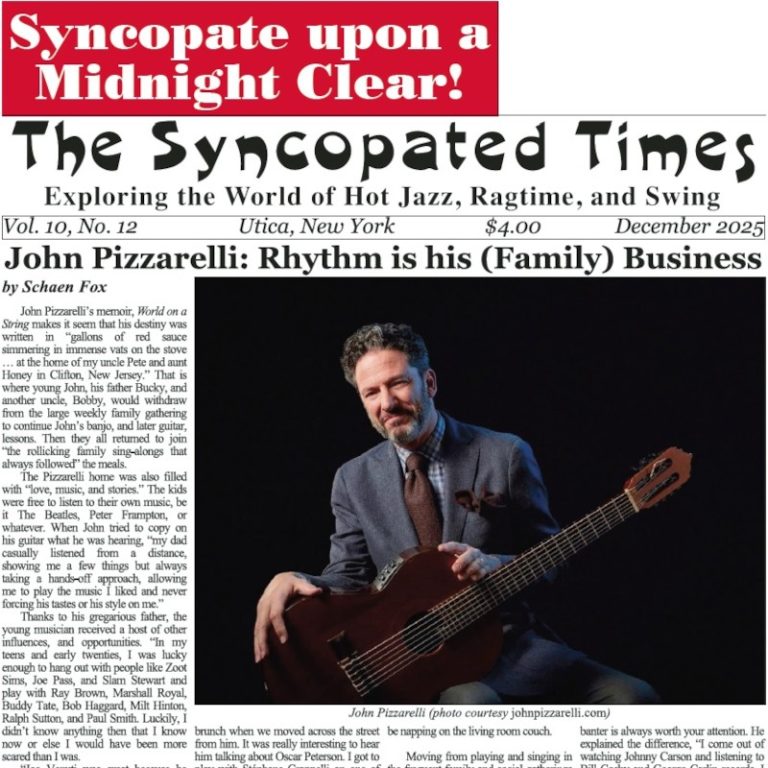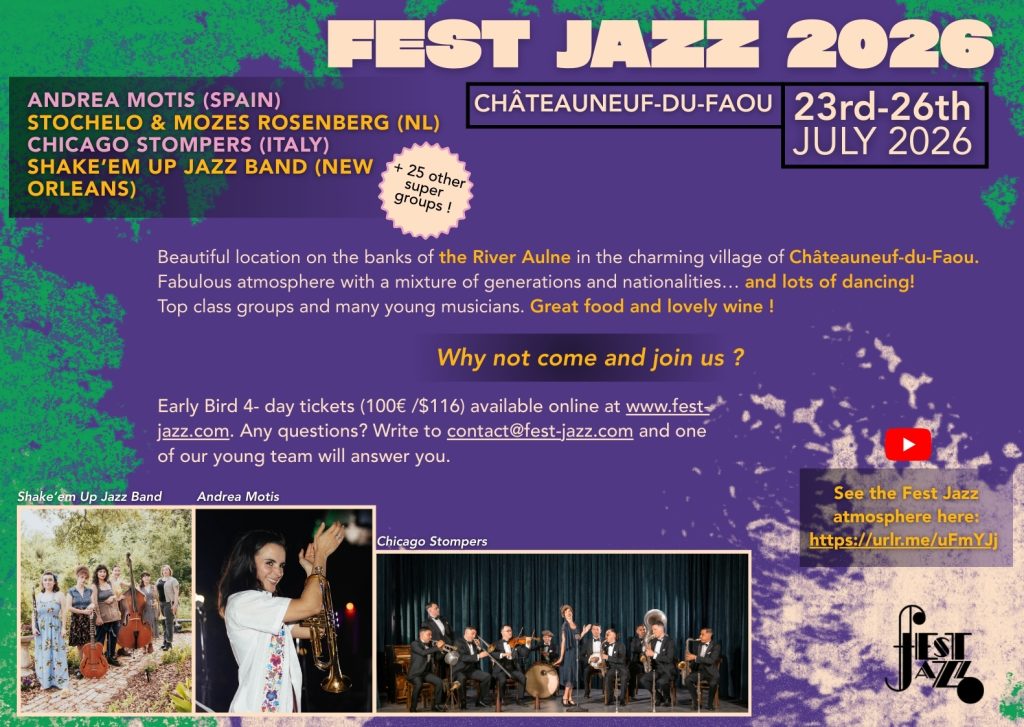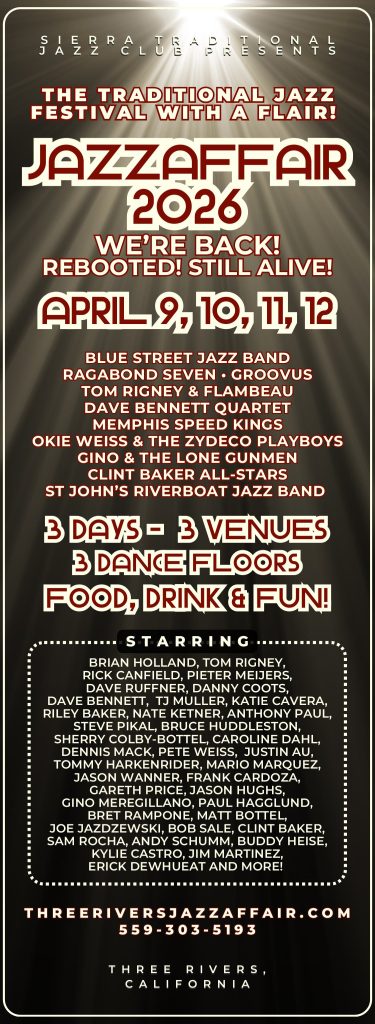Early jazz collectors who are close to owning all of the significant American and British jazz recordings will find much of interest in the Svensk Jazzhistoria. The series of two-CD sets in the Swedish Jazz History series gives listeners a strong sampling of the top jazz recordings by Swedish musicians.
The recent release of Vol. 11 - 1970-79 (the series made its debut 20 years ago), serves as a perfect excuse to explore the first two volumes. The music, with 26 or 27 songs on each CD, is programmed loosely in chronological order. The extensive and colorful enclosed booklets are mostly in Swedish but fortunately, a few pages written in English are set aside to sum up each period.
While Swedish jazz did not become significant worldwide until the 1950s and the cool jazz period (with baritonist Lars Gullin winning a Downbeat poll), there was an active local jazz scene in Sweden by the late 1920s. Vol. 1 - 1899-1930 is a historic collection of very rare recordings that mostly just hint at jazz.
A recording of “At A Georgia Camp Meeting” from 1899 and a 1913 version of “Alexander’s Ragtime Band” have plenty of spirit. Otherwise, the first CD includes a bit of rag-oriented piano, some straight dance music inspired by early Paul Whiteman, and fluent accordion players.
Things begin to wake up a little in 1926 with the 13th selection. Trombonist Harry Hednoff is heard tak
You've read three articles this month! That makes you one of a rare breed, the true jazz fan!
The Syncopated Times is a monthly publication covering traditional jazz, ragtime and swing. We have the best historic content anywhere, and are the only American publication covering artists and bands currently playing Hot Jazz, Vintage Swing, or Ragtime. Our writers are legends themselves, paid to bring you the best coverage possible. Advertising will never be enough to keep these stories coming, we need your SUBSCRIPTION. Get unlimited access for $30 a year or $50 for two.
Not ready to pay for jazz yet? Register a Free Account for two weeks of unlimited access without nags or pop ups.
Already Registered? Log In
If you shouldn't be seeing this because you already logged in try refreshing the page.




